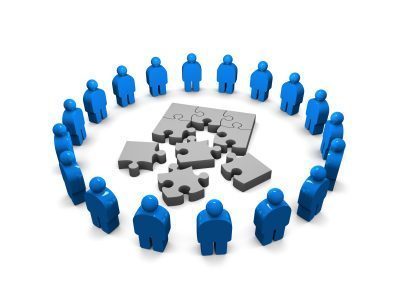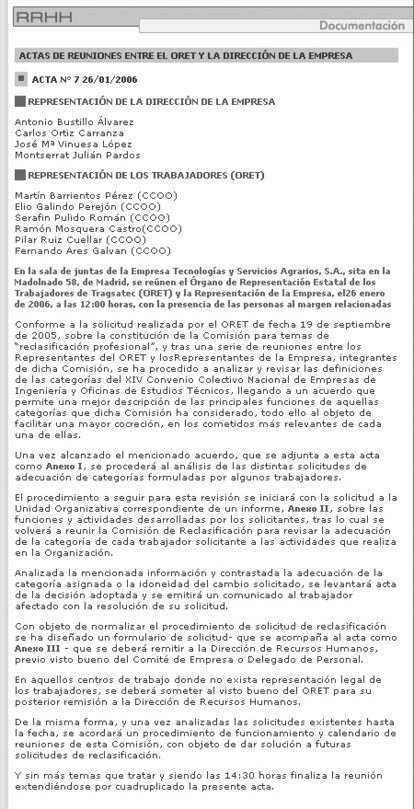Social class implies the set of individuals who make up the same economic and social level and who also tend to present the same inclinations, customs and interests.
Meanwhile, the current society and the one that emerged after the fall of the Old Regime and with it the social stratification of castes, is divided into social classes that are distinguished by the characteristics mentioned above, being three that make up the societies: the upper class, the middle class and the lower class.
Social class made up of individuals with a medium socioeconomic level, mostly made up of professionals
The first is made up of individuals with the highest material resources, business owners, executives, among others; the middle class is made up mostly of professionals who have average incomes, which allow them to live well, satisfy their needs and indulge themselves; and finally the lower class that is made up of individuals who have scarce resources, which allow them to satisfy their most essential needs, normally made up of workers and service personnel, among others.
Having made a clear distinction between the concept of social class and its subdivisions in today's society, we will delve into one of the most relevant classes, the middle class, also considered the engine of the economy of nations ...
 The concept of middle class, at the behest of the class system, designates those individuals who just have a medium socioeconomic level. It is a heterogeneous sector located between the working class or lower class and the upper class. Therefore, individuals belonging to this social class will have to occupy intermediate positions in terms of power, wealth and prestige.
The concept of middle class, at the behest of the class system, designates those individuals who just have a medium socioeconomic level. It is a heterogeneous sector located between the working class or lower class and the upper class. Therefore, individuals belonging to this social class will have to occupy intermediate positions in terms of power, wealth and prestige.
The largest representative of populations and the engine of economies
Traditionally, it is considered the largest representative of the population in developed countries, although it is also a reality that the limits of this class are not very strong, since it can range from important professionals and administrators to employees in the service area. So, as a consequence of this lack of internal union, it is often subdivided into upper middle class and lower middle class.
Anyway, and despite the distinction made in the previous paragraph, we can speak of its own characteristics, so among its fundamental characteristics we can mention that mostly the profile of the head of the family of households corresponding to the middle class is that of an individual with a university education level, that is, it may be a professional medicine, law, dentistry, among others.
Regarding the physical place in which the home is built, they are generally houses or apartments of their own or rented with some comforts. For the middle class, the house is the faithful representative of their economic well-being.
By case it is that he will do everything possible to dispose of it as a safeguard and for your peace of mind.
That is, those who belong to this class have as a project or purpose to buy their own home and that is why they will allocate their income and savings in order to get it.
Origins in the revolutionary movements of the 18th century
The birth of this class is located in the century XVIII, when social differences begin to be a little more evident for reasons such as authority, abundance, work and money. In some way, the middle class was occupied by what was called the old landed bourgeoisie, who managed to stand out especially for the success achieved in industry and commerce; In other words, the revolutions that occurred in the 18th century, especially the French Revolution, are the ones that motivated it and also caused the aristocracy and the clergy to begin to lose their respective powers against the rising bourgeoisie.
Precisely the French Revolution was supported by the bourgeois class that began at that time to demand political participation and also to demand for their nascent businesses.
Without the autonomy that the nobility and clergy did not want to give up, it would be impossible for them, that is, in the framework of the Old Regime or Monarchical Absolutism, the bourgeoisie could not grow and that is how they supported the revolutionaries from the beginning.
In addition, the stratification into castes that persisted until the fall of Absolutism, impeded social mobility, something that was a fact with the advent of modern society and social classes.
Today it is absolutely possible that with effort, study and work, a person who belongs to a lower class ascends to a middle class.









